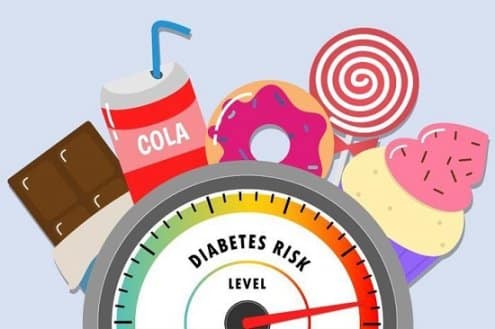Diabetes is a serious medical condition. It doesn’t just affect your overall health but also your lifestyle. People living with this disease have stated the big changes that they have to live on. Doing daily physical exercises, following a consistent meal plan, and committing to a regular check-up became the main activities and part of daily living for someone with diabetes, whether it be type 1 or type 2.
While treatments are available, the disease is always something to be worried about. Here, we will talk about knowing your risk of acquiring the disease and learning how to prevent it. From recognizing the warning signs to visiting your medical provider, you will come to realize how important it is to take extra good care of your body.
Watch out for symptoms
How do you know if you have diabetes? Initially, we jump into the signs and symptoms of the disease. These warning signs can tell if you are at high risk of getting this medical condition. Some of these symptoms include:
- Sudden weight loss – You might notice that you are losing weight without changing your eating habits or undergoing an extreme physical workout. Unintentional weight loss is an indication of diabetes. This unexplained phenomenon may signify an early sign of the disease.
- Hunger and fatigue – Glucose is a simple sugar you get from the food you eat, which is then converted into energy. It enters the blood cells through insulin for energy and storage. People with diabetes experience extreme hunger and fatigue when the body doesn’t produce enough insulin or if the cells don’t respond to insulin. This condition results in your body alarming you to eat more and getting unusual tiredness.
- Extreme thirst and frequent urination – Once the blood sugar level is out of control, you will feel extreme thirst and need to drink more water than normal. You will also experience frequent urination as the kidneys work double-time to get rid of too much sugar in the blood. This results in more urine, which indicates diabetes.
- Slow-healing wounds – Pay attention to cuts or wounds in your body that heal very slowly. High blood sugar levels affect the body’s ability to heal wounds. One good example of this is having a small cut or scratch on the feet that progresses into a foot ulcer.
- Blurred vision – People with diabetes experience blurry vision, and sometimes, it leads to macular degeneration and cataract. Should you notice that your vision is getting blurry and bad, seek medical assistance immediately.
Check your blood sugar levels
Keeping track of your blood sugar levels even if you don’t have diabetes is a preventive measure to not get the disease. You may purchase a glucose testing kit and do the test on your own. Before doing the process, wash your hands properly and make sure that everything is clean. This process involves pricking your skin and placing the drop of blood in the testing kit. After following the steps, wait for a few minutes to get the result. Should you be wary of doing a home testing, you can visit your doctor and get yourself tested.
Seek medical care
If you suspect having diabetes, seeking medical care immediately is a must. Checking with your doctor is the only way to find out if you do have the disease. Should the tests come back positive, acquire immediate treatment to avoid long-term complications. If it’s negative, you should still discuss your concerns and get proper medical advice to prevent your chances of getting diabetes.
Being mindful of your body means living healthily. Always remember that prevention is better than cure. Eat only nutritious food, exercise daily, and maintain a well-planned diet. It doesn’t hurt to stay healthy, right?
—
Disclaimer: Please note that the contents of this community article are strictly for informational purposes and should not be considered as medical advice. This article, and other community articles, are not written or reviewed for medical validity by Canadian Insulin or its staff. All views and opinions expressed by the contributing authors are not endorsed by Canadian Insulin. Always consult a medical professional for medical advice, diagnosis, and treatment.


